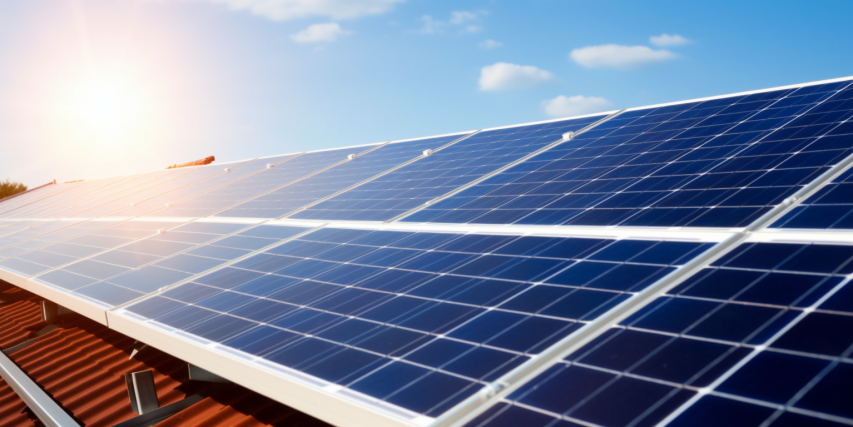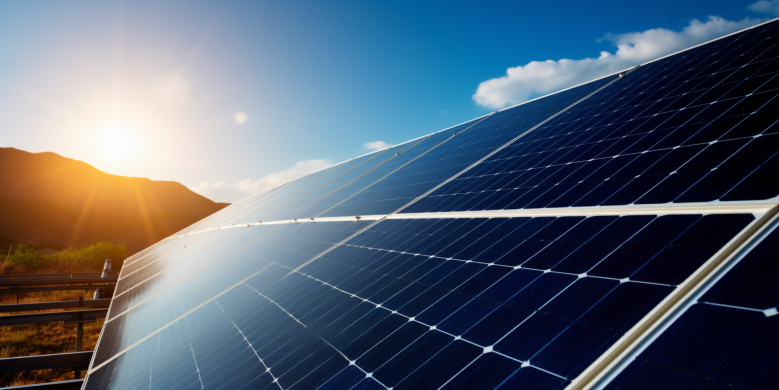
Solar energy is a clean, renewable energy source that is becoming increasingly popular around the world. It is a simple and elegant solution to our energy needs, and it relies on some basic scientific principles.
At its core, solar energy is produced through the use of photovoltaic (PV) cells. These cells are made of semiconductor materials, such as silicon, and are coated with a thin layer of phosphorus. When sunlight hits the PV cells, it excites the electrons in the silicon, causing them to flow and generate an electric current (1). This current is then collected and sent to an inverter, which converts it into alternating current (AC) that can be used to power homes and businesses (2).
One of the main benefits of solar energy is that it is a clean and renewable energy source. Solar panels do not produce any greenhouse gases or other pollutants, making it an attractive alternative to fossil fuels (3). Solar energy also has a relatively low impact on the environment, as it requires minimal land use and has a small physical footprint (4).
Another benefit of solar energy is its scalability. Solar panels can be installed on a small scale, such as on the roof of a single home, or on a larger scale, such as at a solar farm. This versatility makes it possible for a wide range of customers, from individuals to businesses to communities, to use solar energy (5).

Overall, solar energy is a simple and elegant solution to our energy needs, and it relies on some basic scientific principles. As concerns about climate change and energy security continue to grow, it is likely that solar energy will play an increasingly important role in our energy mix.
(1) “How Do Photovoltaic Cells Work?”, National Renewable Energy Laboratory, https://www.nrel.gov/learning/re-photovoltaics.html (2) “How Solar Power Works”, Union of Concerned Scientists, https://www.ucsusa.org/clean-energy/how-solar-power-works#:~:text=Photovoltaic%20(PV)%20cells%20convert,cells%20in%20an%20inverter%20device. (3) “Solar Energy Basics”, U.S. Department of Energy, https://www.energy.gov/eere/solar/solar-energy-basics (4) “Environmental Benefits of Solar Energy”, U.S. Department of Energy, https://www.energy.gov/eere/solar/environmental-benefits-solar-energy (5) “The Benefits of Solar Energy”, Solar Energy Industries Association, https://www.seia.org/initiatives/benefits-solar-energy
